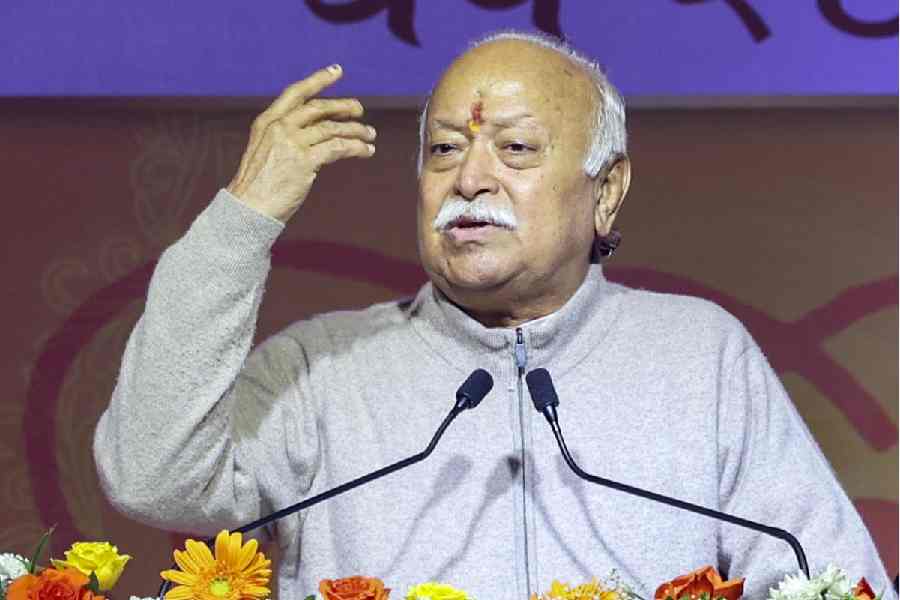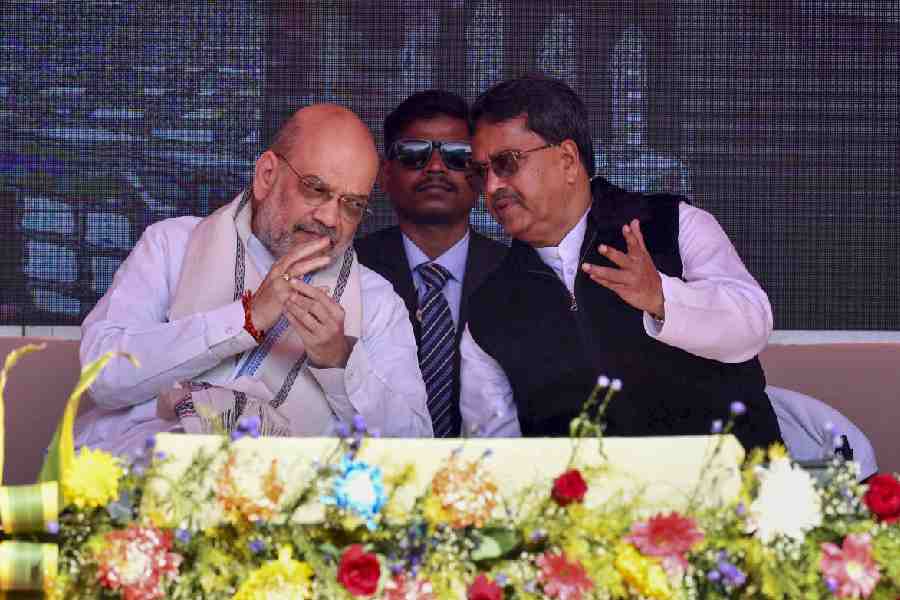A Dalit student, Atul Kumar, scrounged together the money for admission to IIT Dhanbad but narrowly missed the deadline for online payment, allegedly owing to a malfunctioning portal. He approached the National Commission for Scheduled Castes, the Jharkhand State Legal Services Authority and the Madras High Court (as IIT Madras was conducting the selections). Presumably he also addressed the IIT authorities. The Supreme Court finally ruled in his favour.
One is amazed that marginal relaxation of a deadline for fees should need the intervention of the Supreme Court. In the pre-tech world, the case would have been considered by the institutional head and a decision taken, very likely in the student’s favour, in minutes or at most days. IIT admissions are controlled not by individual institutes but a joint platform. Does it not provide a gateway for human (not to say humane) intervention beyond the computer portal?
Going by my experience of institutions with less but still considerable aura, their authorities, in fact the whole campus community, take pride in their inflexible aloofness. The aspiring entrant must run a punishing obstacle course: months and years of arduous coaching, the entrance test itself and, for the successful, the financial and procedural rigours of admission. It can be termed ordeal by systemic stress, or white-collar ragging that insidiously triggers the barbarous ragging of freshers by seniors who are already accredited members of the club. It is no accident that such initiation rites are most rife in technical and medical institutes, garbed in mystique in the public eye because of the lucrative training they impart.
That mystique can be gratifying for members of such institutes, from authorities to undergraduates. In practical terms, it can provide a substantial measure of immunity, even impunity. The unabated series of IIT suicides (some 40 in the last five years) has attracted less public attention and press coverage than single deaths on other campuses. The death of Faizan Ahmed at IIT Kharagpur two years ago has disturbing parallels with recent events at R.G. Kar Medical College and Hospital, but they have gone unmarked.
Obviously less vital but still deplorable is the practice reported in The Telegraph (October 23) of denying fee waivers to students from reserved categories who have qualified on merit for the general list. This may comply with the letter of the regulations, but it is unfair and damaging for the students concerned. They are being penalized for their merit, while their social and financial disadvantages remain unaddressed.
All these are outcomes of certain endemic traits of our tertiary education system. Basically, higher education is viewed as a private good benefiting the individual rather than a public good benefiting society. This has several consequences. One is the withdrawal of State funding and hiking of fees to levels impacting access to education not only for the poor but the mid-middle class, who do not qualify for aid but would have problems forking out Rs 2 lakh a year as IIT fees, especially for more than one child. Another result is that individual achievement is prized over general enablement of the population. Students adjudged (often prematurely and incorrectly) as the most meritorious can be corralled in a few select institutions, lavishly endowed at the cost of the rest.
Given our inequitable school system and high-cost coaching industry, students making the cut belong overwhelmingly to the affluent classes and higher castes. Entrants from poor and disadvantaged groups, like Atul Kumar, face insidious barriers at all levels. Moreover, tertiary education is increasingly dominated by the private sector, whose mounting fees shut out all but the affluent.
This is no way for India to make fullest use of its human resources. We are restricting ourselves to a fraction of the productive potential of 1.4 billion people. There is nothing remotely resembling an overall policy. It’s a jungle out there. Negotiation and management speak are employed to exact high fees, attract private investment and corner State resources. Institutions lacking this chemistry are sidelined, though they constitute the vast majority.
I had the increasingly rare experience of a fulfilling tenure at a state-government-run university that held its own in this melée despite following a directly opposite philosophy. It was the standard philosophy of tertiary education for fifty years after Independence. It produced many indifferent or failed institutions, as the private university system does today; also some markedly successful ones that won international recognition and whose students went on to distinguish themselves throughout the world.
That order declined by failing to adapt to changing realities and expectations. What was once an exhilarating environment now seems dispiriting. The ritualized agenda of protest has grown counter-productive (especially in matters beyond the university’s control), and the shabby walls with predictable graffiti seldom inspire creative change. We must also realize that modest increases in fees, at least to cover inflation, do not lead to privatization but prevent it. If public universities are better endowed, it will discourage the exodus to private campuses.
But much more crucial is a change of heart in the opposite direction. The new rigorous, unyielding, restrictive order must admit the virtues of this messy but inclusive one: not only the social benefits but the intellectual potential of its bold, free-wheeling, speculative ambience. The management must have the pluck to engage with this exuberance, even its excesses. To take refuge behind an inflexible rule-book is a sign of inadequacy.
That untidy but accommodating order was iconically exemplified by Jawaharlal Nehru University. JNU and the IITs epitomized the two poles of Indian higher education, each with its virtues, each strengthening the whole. We have exchanged this for a unipolar model to our loss.
At the heart of all education is an encounter between human minds in an endlessly evolving play of equations. Rules are needed to reduce those equations to manageable scope. Computers are an inexhaustible tool for teaching and research, and an aid to educational as to all other management. We cannot lapse into the demeaning indolence of letting these servants become our masters.
Sukanta Chaudhuri is Professor Emeritus, Jadavpur University











